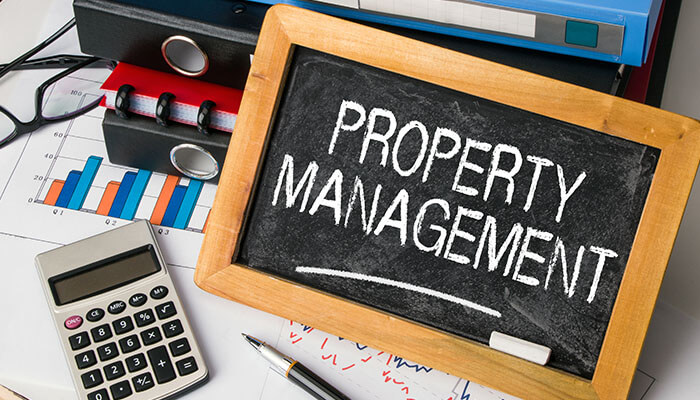Investing in real estate through buy-to-let properties has long been a famous avenue for generating rental income and building wealth. Securing a Buy-To-Let (BTL) mortgage with an 80% Loan-to-Value (LTV) ratio can effectively enter this market. However, before taking the plunge, it’s crucial to thoroughly evaluate the factors that can influence the success of your investment.
Financial Preparedness
Entering the Buy To Let Mortgage 80% LTV requires a significant financial commitment; hence before proceeding, assess your financial situation. Your credit score will be crucial in securing favorable mortgage terms, so ensure it’s in good standing. Also, consider the upfront costs linked with purchasing a property. While an 80% LTV means a lower initial deposit, you’ll still need to account for the deposit, solicitor fees, potential refurbishment expenses, and stamp duty. Remember that a lower upfront deposit leads to higher monthly mortgage payments, impacting your cash flow. A robust financial cushion is vital to cover any unforeseen expenses and manage periods of vacancy.
Rental Yield and Market Analysis
The rental yield represents the annual rental income as a percentage of the property’s value. The importance of rental yield is amplified with an 80% LTV mortgage, as higher mortgage payments require a more robust income stream to cover costs. Conduct thorough research into the local rental market to determine the probable rental income for your property. Consider factors such as location, demand, proximity to amenities, and the property’s overall appeal. If the projected rental yield is too low, it might impact your ability to cover mortgage payments and achieve profitability.
Property Management and Costs
Owning a rental property involves ongoing management responsibilities and associated costs. If you plan to manage the property yourself, carefully consider the time and effort required for tasks such as tenant screening, maintenance, and addressing emergencies. Alternatively, hiring a property management company can alleviate the burden, but it comes with expenses. When calculating your overall expenses, factor in management fees and potential vacancy periods. With an 80% LTV mortgage, a significant portion of your rental earnings will go towards mortgage payments, leaving less room to cover maintenance and management costs. It’s essential to strike a balance between rental income and expenses to ensure the investment remains financially viable.
Interest Rates and Mortgage Terms
Interest rates play a significant role in dictating the overall cost of your mortgage. Higher LTV mortgages often come with slightly elevated interest rates to account for the escalated risk. Researching and comparing mortgage products from various lenders is crucial to secure the most favorable terms. Fixed-rate mortgages provide repayment stability over a set period, while market fluctuations can affect variable-rate mortgages. Evaluate the perks and cons of each alternative based on your risk tolerance & long-term investment strategy. Additionally, consider the duration of the mortgage term and the potential impact of interest rate changes on your cash flow.
Acquiring a Buy To Let Mortgage 80% LTV can be a strategic move to step into the world of property investment, and this decision should not be taken lightly. With the proper preparation, a well-considered 80% LTV buy-to-let mortgage can be a stepping stone toward building a profitable property portfolio.



